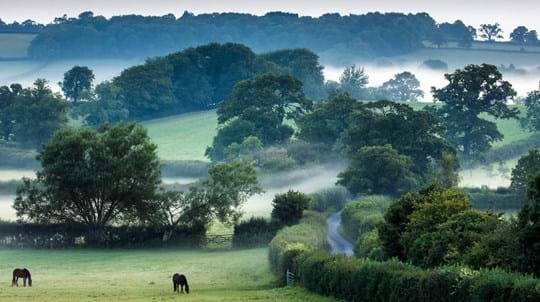
State of UK woods and trees
State of the UK's Woods and Trees 2025
The State of the UK’s Woods and Trees 2025 report checks on the health of woodlands and sees what's changed since our first report.
It's the longest written biological record of its kind with almost 3 million records spanning 300 years.
Let us know what's happening near you, from emerging butterflies and baby birds to ripe berries. Your records will help scientists monitor the effects of weather and climate change on wildlife.
Take part in Nature's Calendar and you can tell us what you've spotted in three easy steps.

State of UK woods and trees
The State of the UK’s Woods and Trees 2025 report checks on the health of woodlands and sees what's changed since our first report.

Climate change
Our message is clear: native woods and trees are one of the best ways to tackle the climate crisis. Explore the facts and find out what you can do to help.

Nature's Calendar has been made possible thanks to support from players of People's Postcode Lottery.